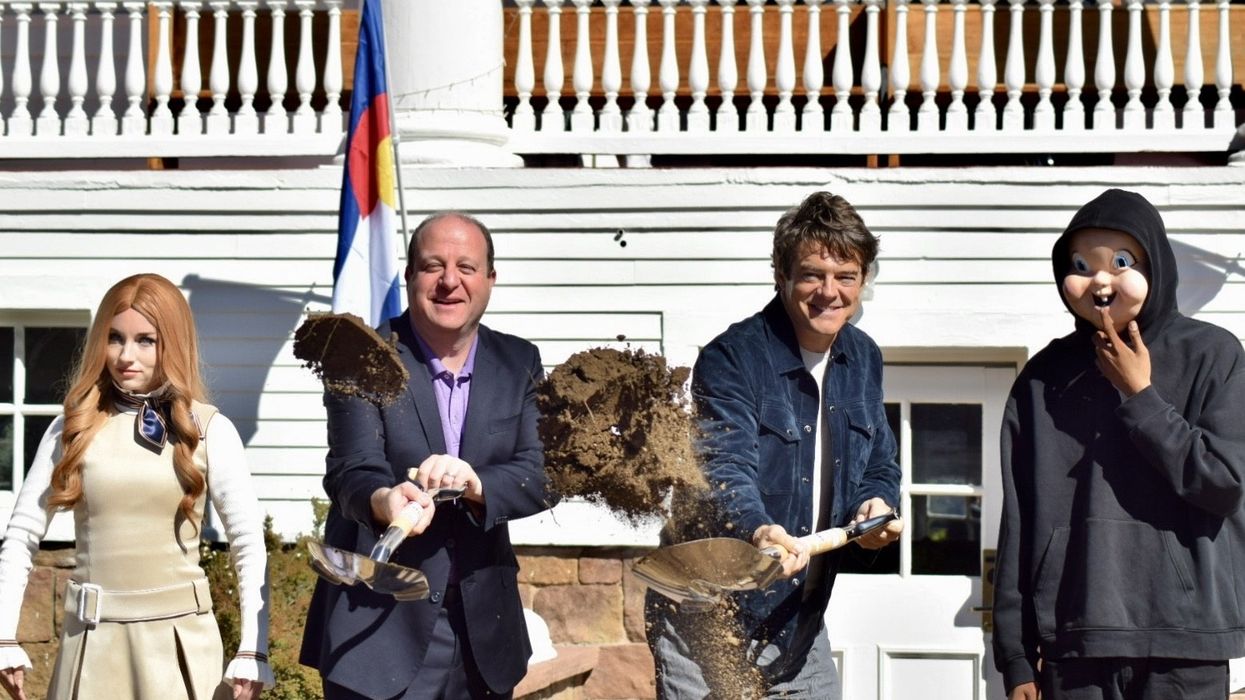Universcience, an organisation that works to make science accessible to all, has announced that its two touring sports exhibitions have been labelled by Paris 2024 as part of the Olympiade Culturelle.
Both touring exhibitions are dedicated to sports disciplines and are designed for a family audience. The new exhibition, Dance, explores the world of dance and recently debuted at the Cité des sciences et de l'industrie in Paris. It joins the exhibition Body and Sports, which has been showcasing the science of sports since 2018 and has already welcomed nearly 700,000 visitors.
These exhibitions will be featured during the Paris 2024 Olympics. They have been labelled by Paris 2024 as part of the Olympiade Culturelle, celebrating the intersection of sports, science, and culture.

Joyful shared experience
Dance is showing in Paris until 28 June 2026, and then will be available for touring.
Sophie Manoff, co-curator of the exhibition, says: "Just as the dance at the Paris 2024 Olympic Games brings French people together around movement, the body and the pleasure of being together for the Games, the exhibition invites visitors to be in touch with their bodies as they experience a joyful, creative, spontaneous and original visit."
The exhibition provides an accessible space for people to enjoy dancing together. Visitors can explore a range of international dance genres in this family-friendly show, which encourages them to watch and copy dances and try out new movements.
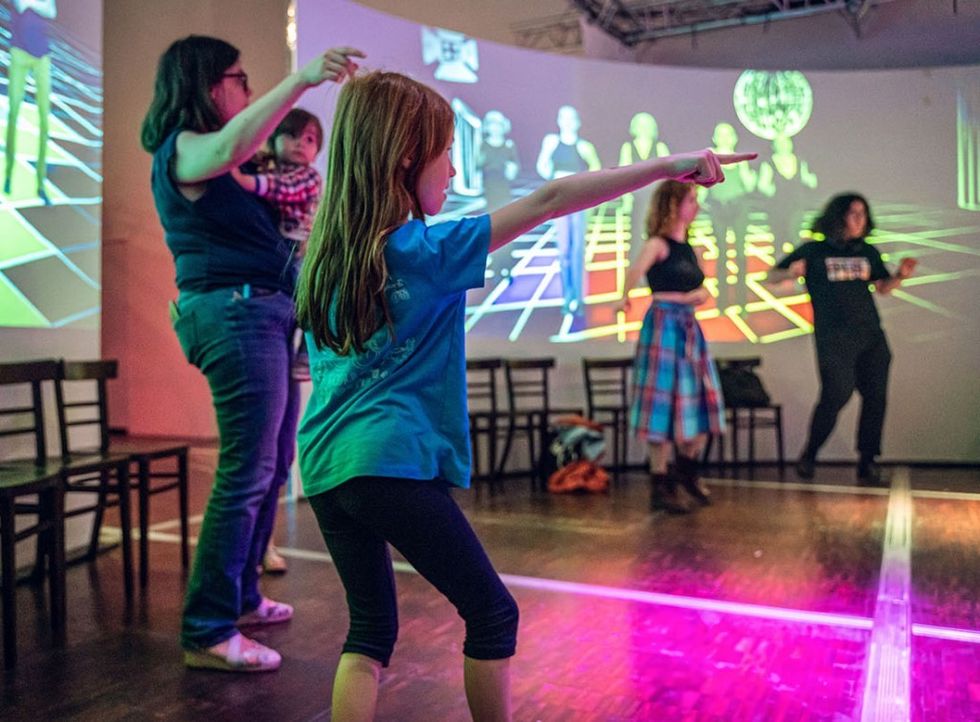
"In many contexts, or simply when hearing music, we dance spontaneously, almost naturally. Dancing is an immediate and liberating action," comments Manoff. "Dance comprises various different facets. It plays a role in children’s development, of both mind and body. Dancing helps us to become aware of our body and to learn to control it while liberating ourselves from it."
The exhibition is organised around three action verbs which are essential for dancing, and form the basis for all dances:
- Turn. Dance traditionally takes place in circles. When we turn, our bodies move in a circular path, alone or together with others, such as in a round dance. This creates a feeling of connection. In this area, visitors can join several dance circles, including hip-hop and traditional African dances.
- Jump. When we jump, we disobey gravity for a moment. Visitors can explore the mechanics of jumps, from propulsion and suspension to landing. They can perform different jumps, see themselves in slow motion and learn about the techniques of jumping from a range of genres, such as classical and tap.
- Come together. Dance fosters a sense of connection. Every 30 minutes, visitors can take partin the choreographed ball, a highlight of the exhibition. Through three types of dance from different periods, Branle, waltz and disco, they can share a moment filled with joy and creativity.
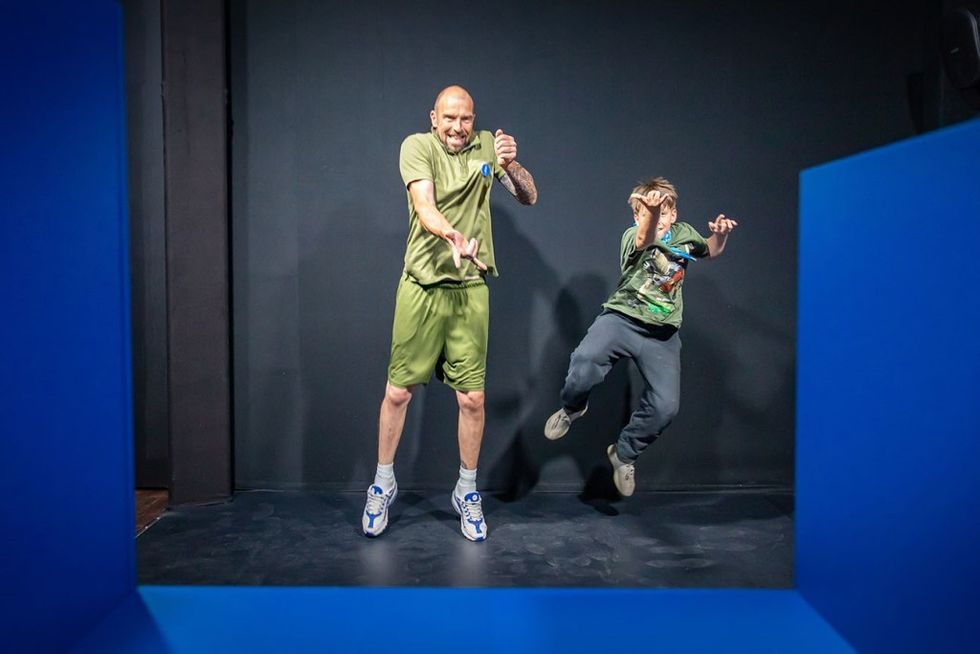
Multi-sensory interactive exhibition
Body and Sports explores the effects of playing sports on our brains and bodies by looking at sports performance data and its links to science and health. It is currently showing in Saint-Nazaire, France, as part of the Starting Block exhibition. This will run throughout the Olympic Games and close on 15 September.
Sophie Lécuyer, co-curator of the exhibition, says: "The exhibition presents all the scientific information to understand what is happening, in our body and in our head, whether you are a top-level athlete or an amateur athlete. It addresses sports activity as a scientific, political, social and media phenomenon, in its positive aspects as well as in its excesses."
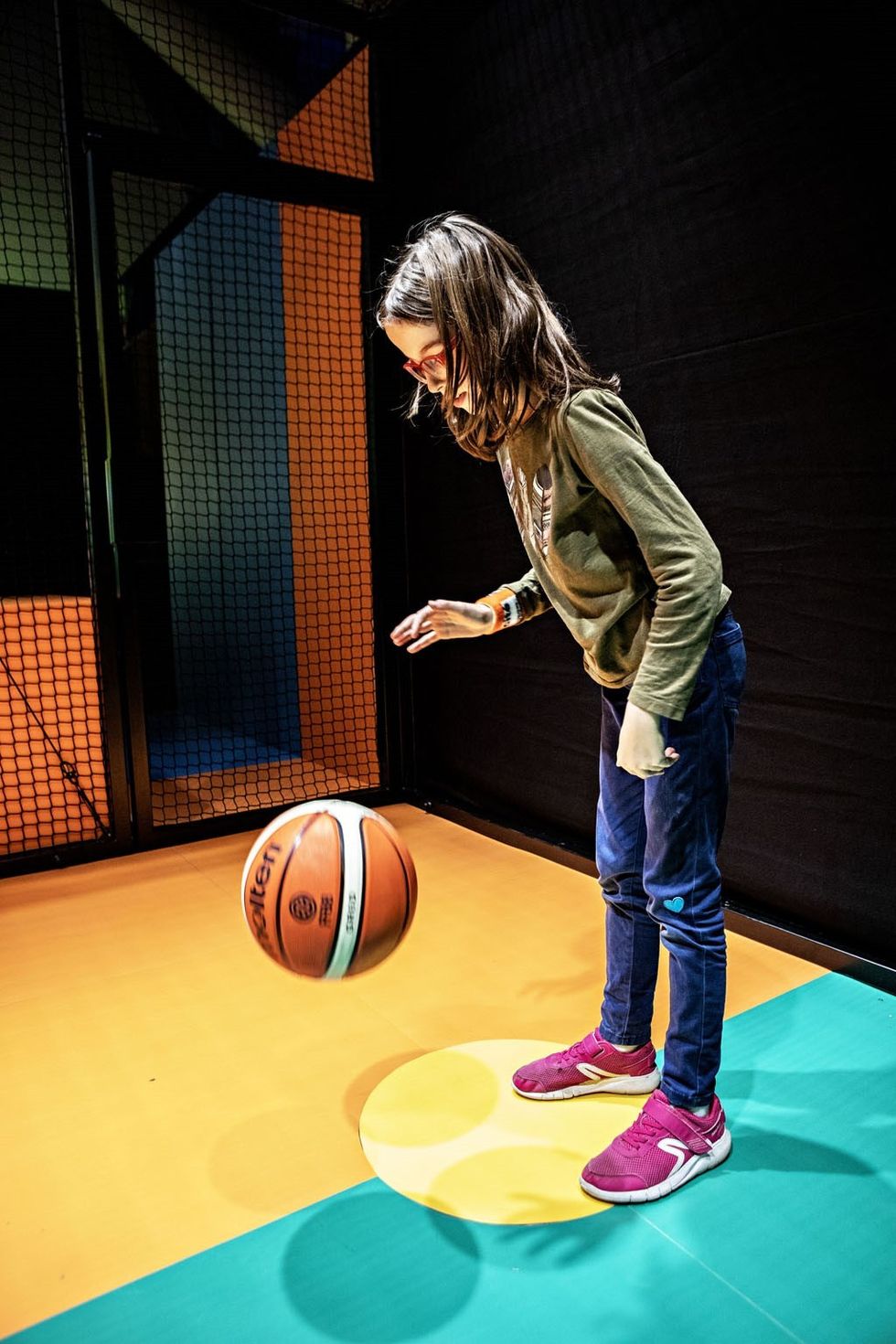
Body and Sports is arranged in two parts; sports workshops and sports today. The multi-sensory interactive sports workshops combine exercises with multimedia installations that engage visitors' minds and bodies. The simple challenges include sports such as football, biathlon or tennis, and enable visitors to measure, compare, and evaluate their performance.
They will gain insight into their physical, technical and tactical abilities, as well as their concentration, balance or coordination. In addition, visitors will be able to compare their performance to that of professional athletes. Scientific explanations will explore relationships between muscles, neurophysiological capacities, and performance.
Competitions such as the Olympic Games, have grown in popularity since the early 1900s and the sport today area offers a reflective and analytical look at sport as a social phenomenon.
"The cult dedicated to speed, energy, performance but also to the beauty of the body interests scientists," explains Lécuyer. "Various audio-visual and multimedia help to understand the general mechanisms of the moving body, the notions of surpassing yourself or the competitive spirit."
Earlier this year, Universcience shared details about its touring exhibition, About Love. The show is on display at Musée des Confluences in Lyon until 25 August 2024, and has welcomed 370,000 visitors in total across five locations.





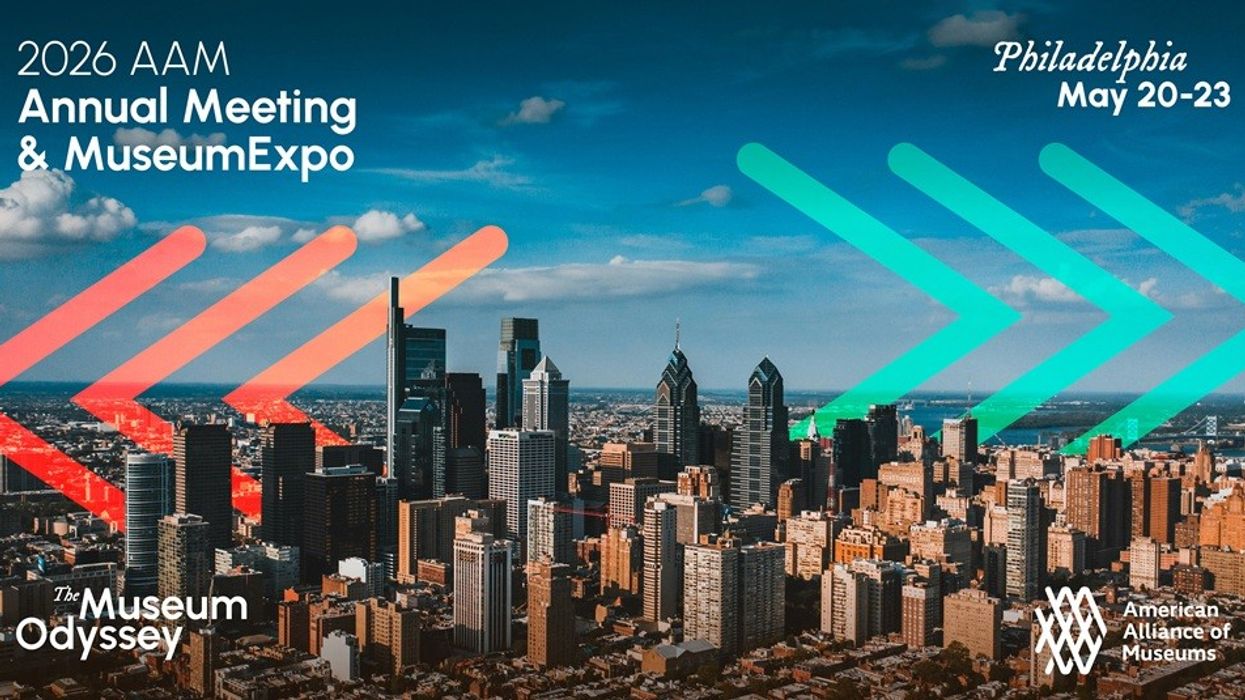
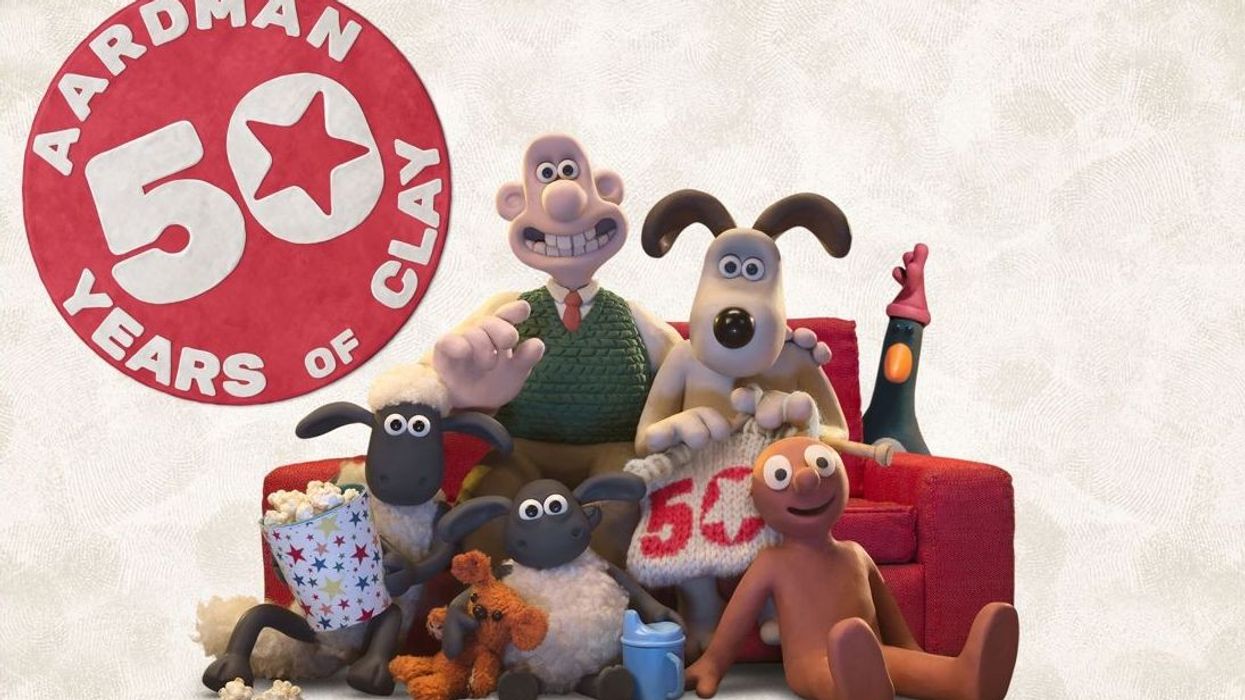
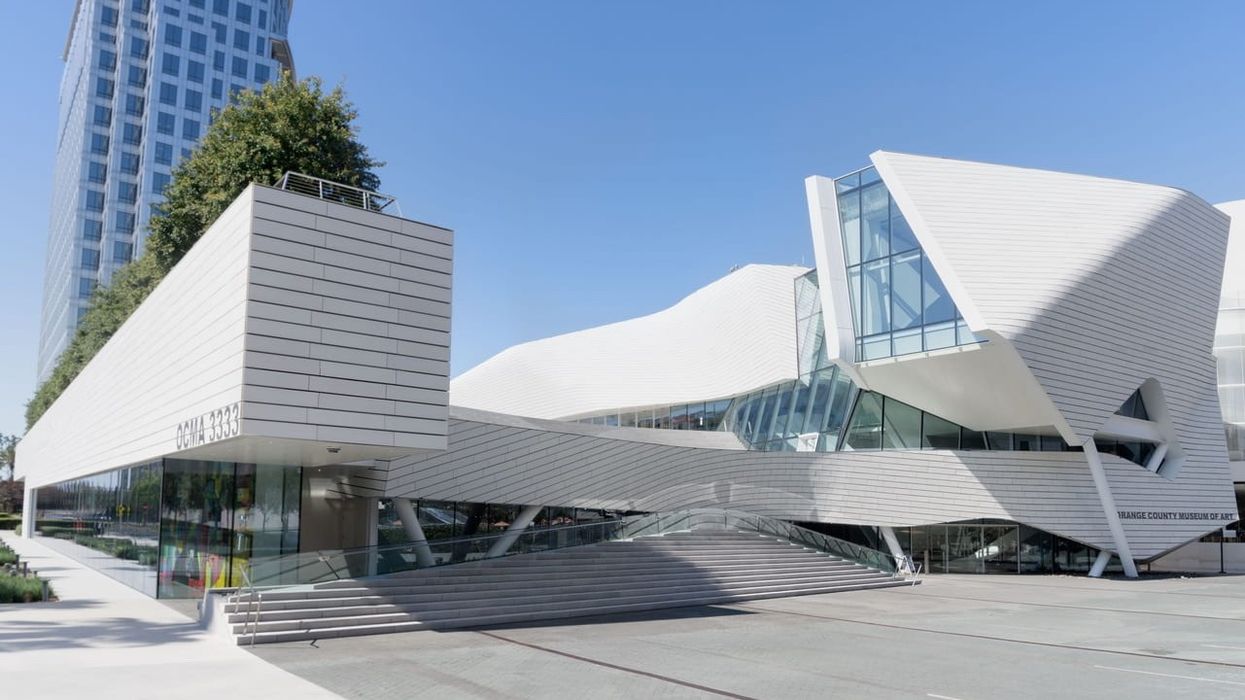








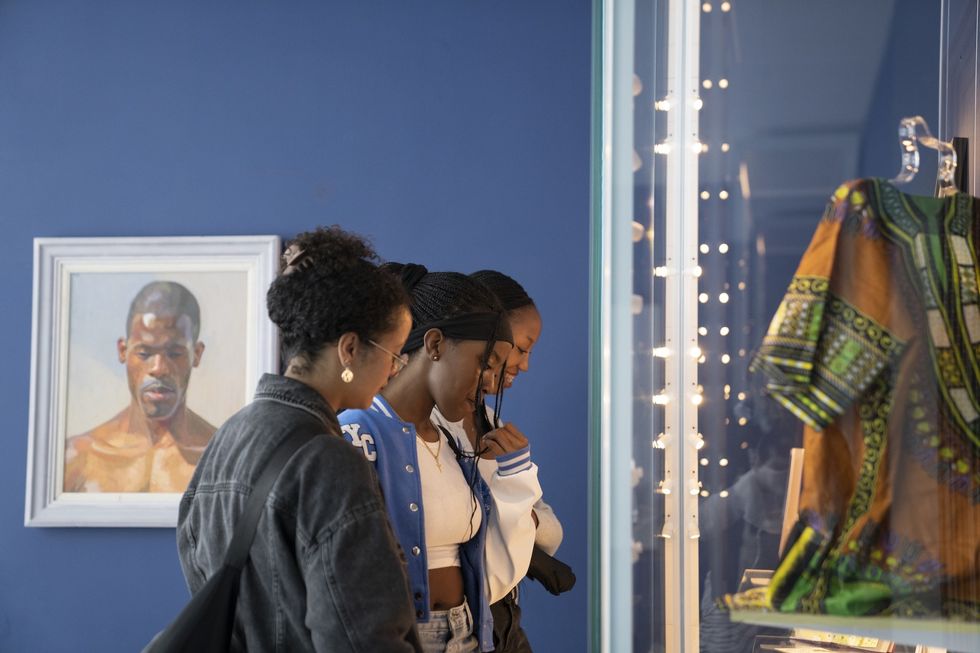
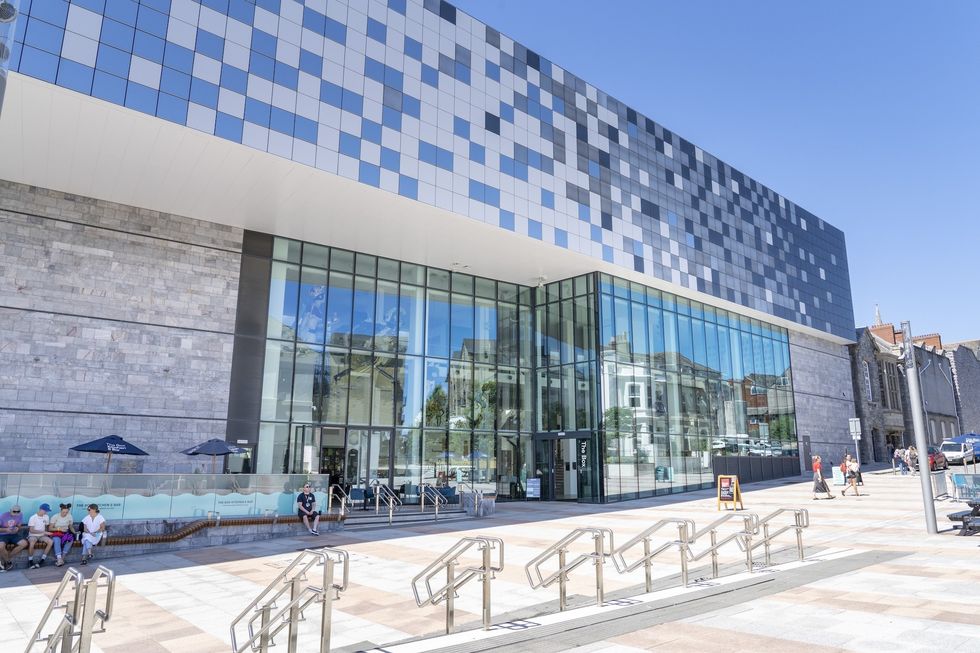

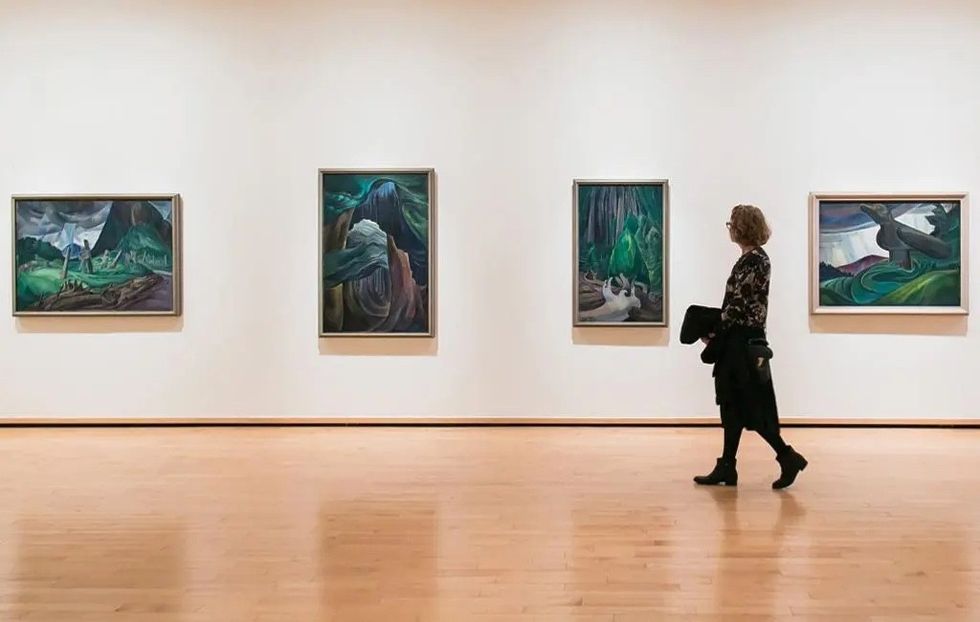
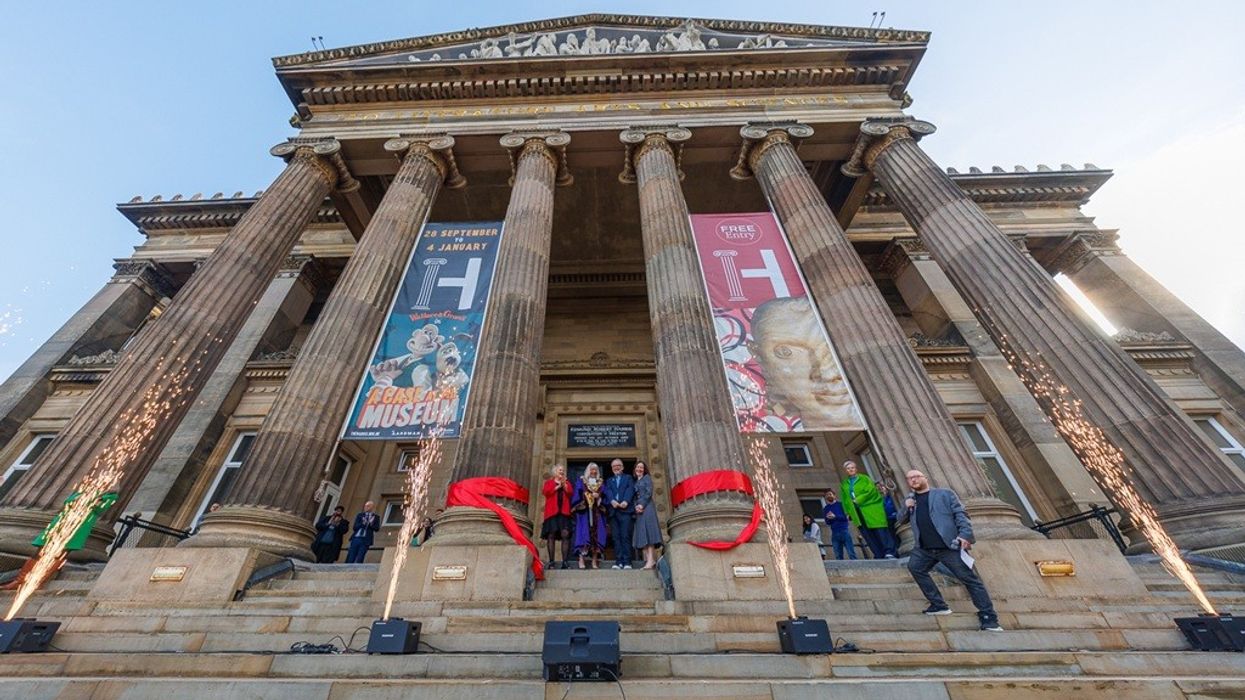
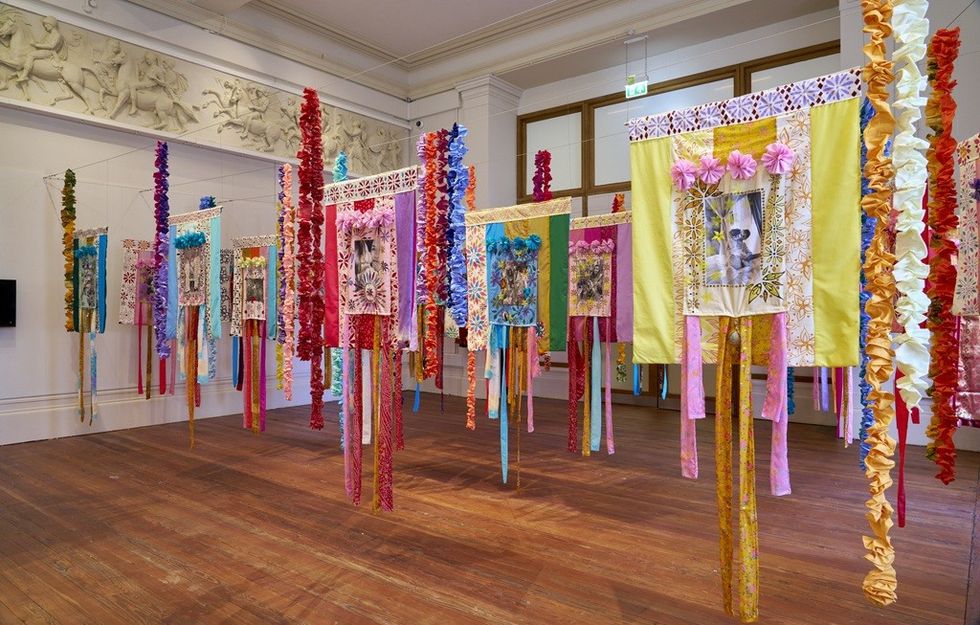 Courtesy Simon Critchley Photography
Courtesy Simon Critchley Photography Courtesy Michael Porter Photography
Courtesy Michael Porter Photography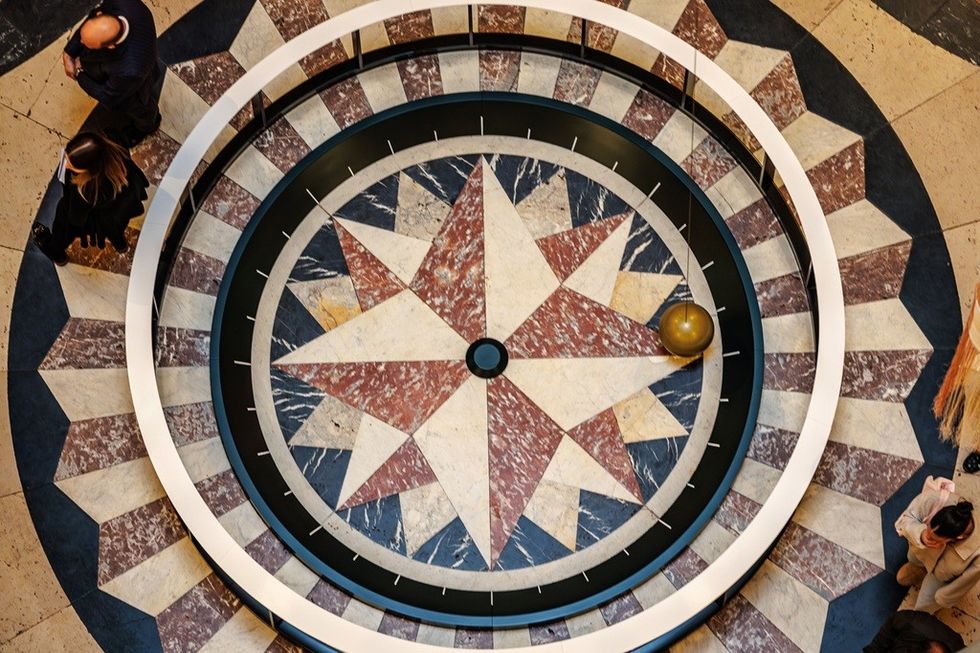 Courtesy Michael Porter Photography
Courtesy Michael Porter Photography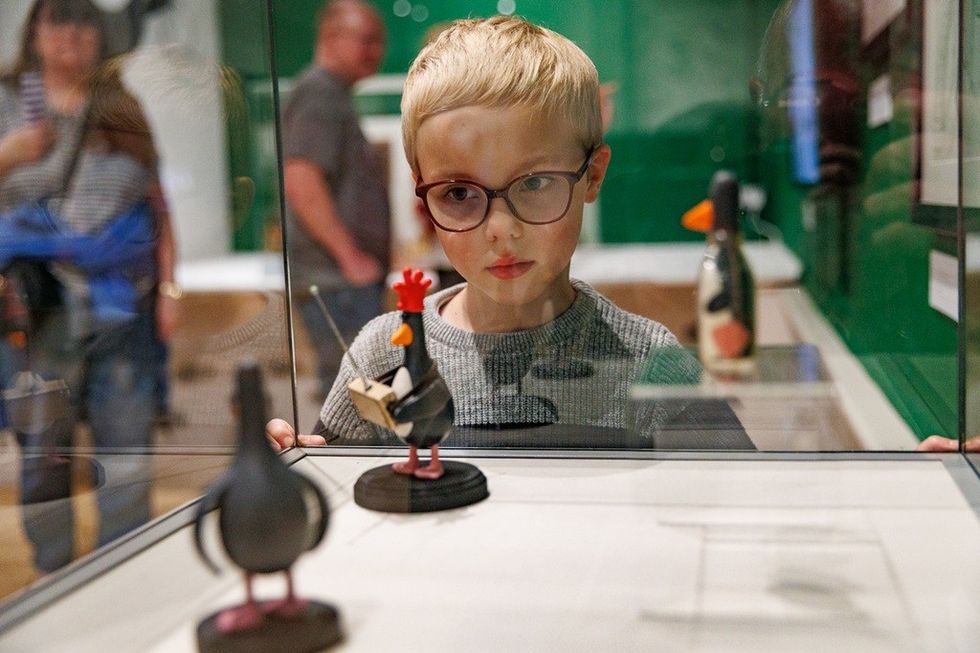 Courtesy Michael Porter Photography
Courtesy Michael Porter Photography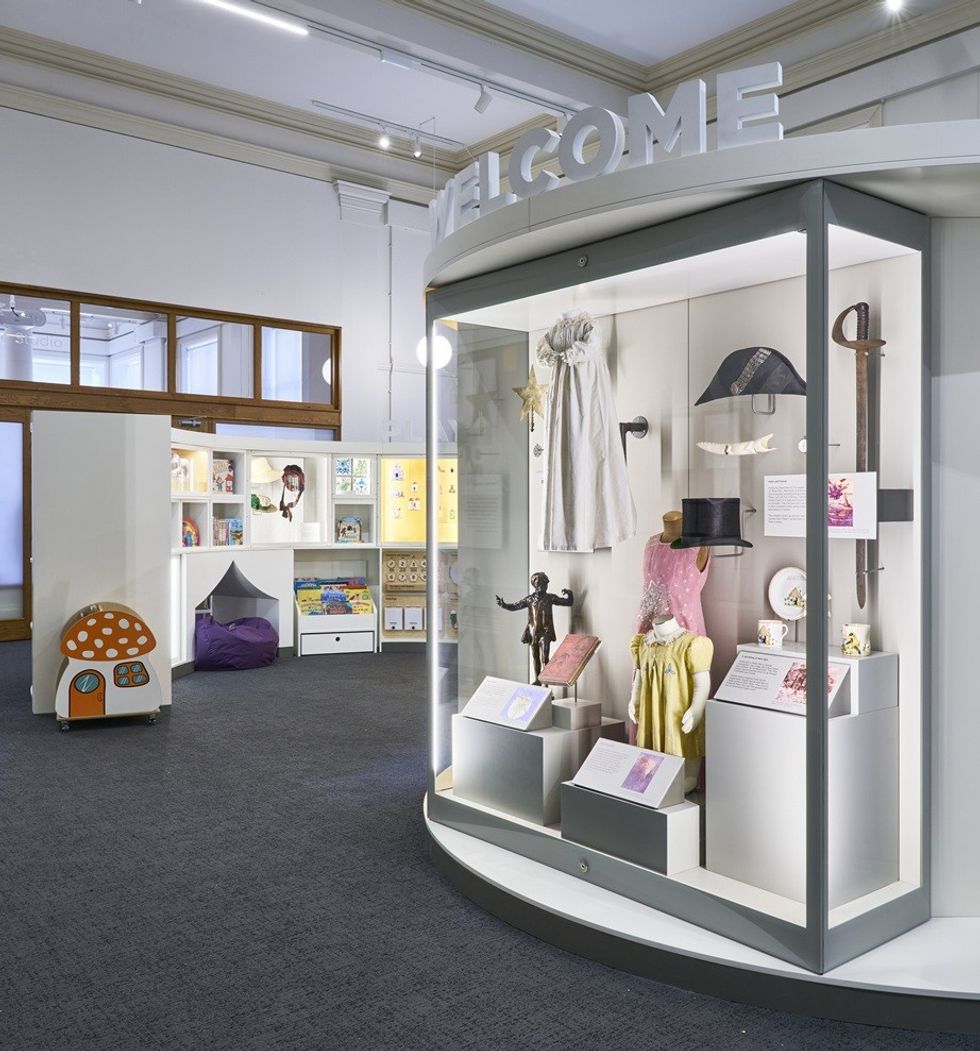 Courtesy Simon Critchley Photography
Courtesy Simon Critchley Photography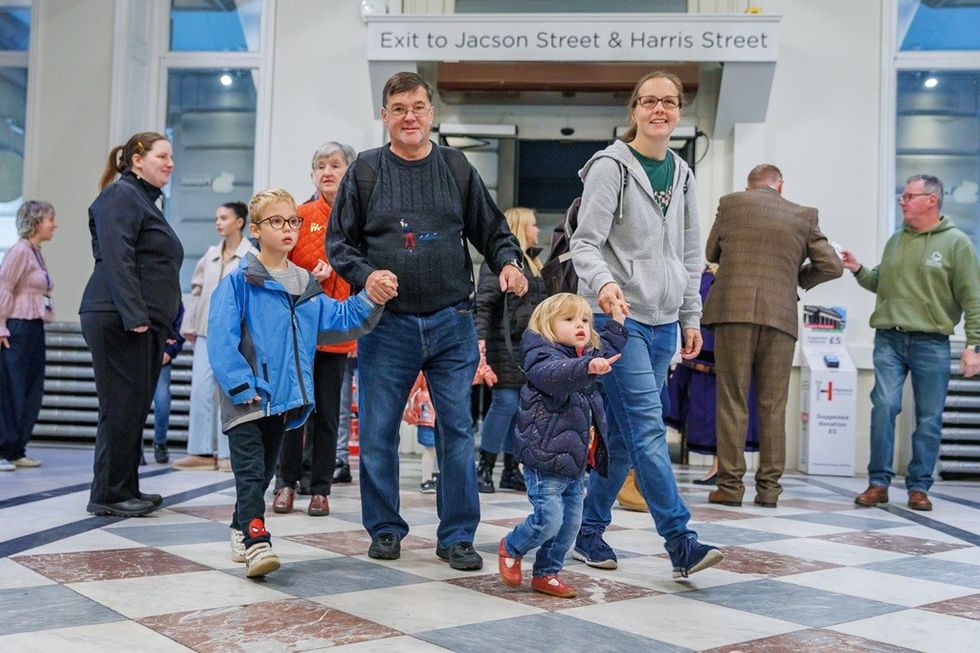 Courtesy Michael Porter Photography
Courtesy Michael Porter Photography